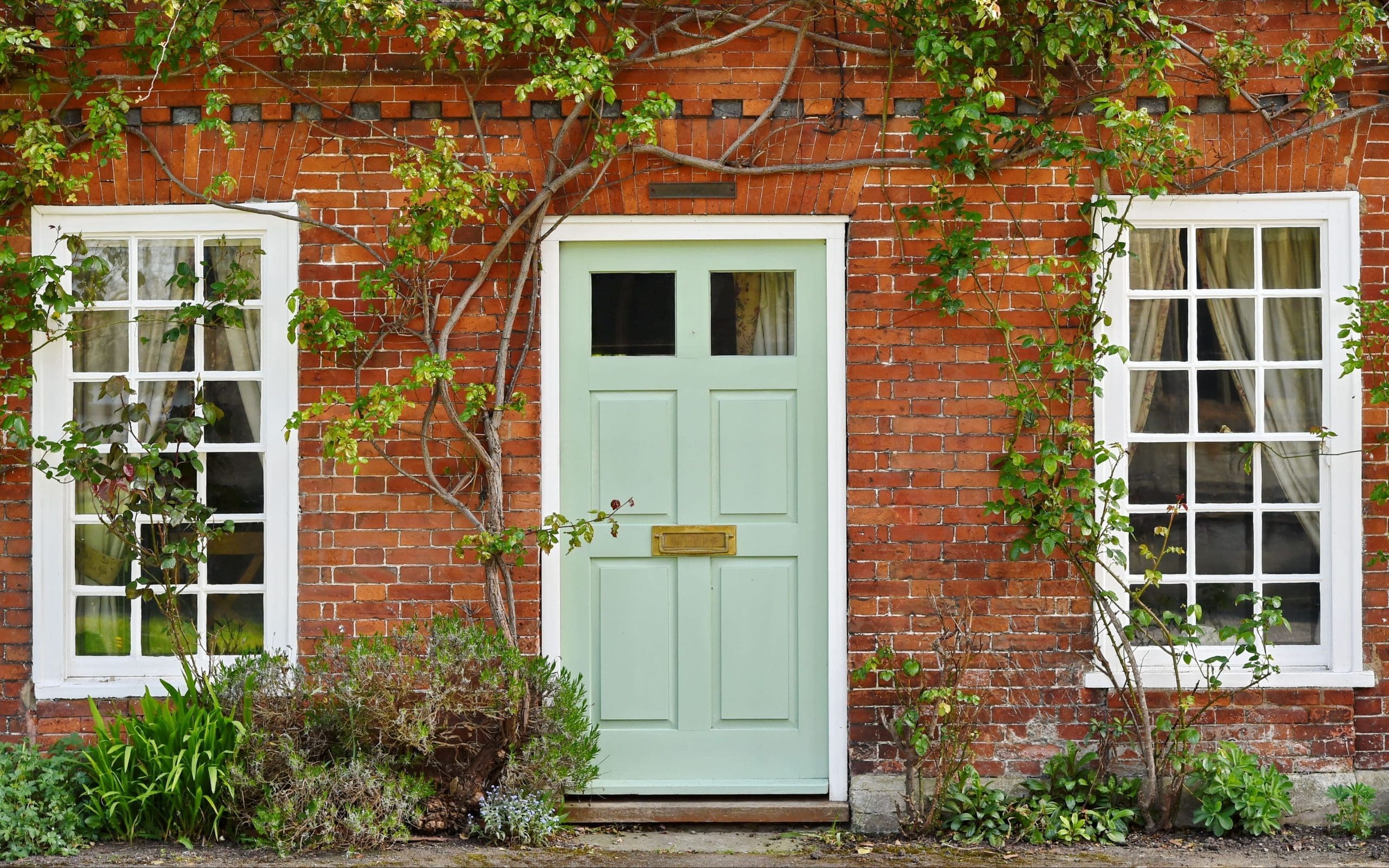Selling your home is a significant decision which deserves careful planning and preparation to ensure the process is as smooth and successful as possible. Whether you’re upsizing, downsizing, or relocating, the following steps can help you avoid common pitfalls and keep the sale progressing smoothly.
1. Obtain a professional valuation
Before listing your property, it’s crucial to understand its current market value. A professional valuation will help set a realistic asking price which can avoid costly delays. We recommend seeking valuations from at least two or three estate agents to obtain a greater understanding of how your property sits in the current market.
2. Gather your paperwork
Your solicitor will need various documents to prepare the contract for sale and respond to the buyer’s enquiries. It’s a good idea to compile these documents as soon as possible to ensure the timely progress of your sale.
These documents include:
- Title deeds if your property is unregistered
- Any building regulations approvals and planning permissions for any works
- Gas and Electrical Safety Certificates
- Guarantees for windows, roofing, damp proofing, etc.
- Energy Performance Certificate (EPC)
Speaking to a solicitor early can speed up the process, reduce stress, and flag potential issues before they hold up a sale.
3. Decide what’s included in the sale
We suggest that you start considering what will and won’t be included in your sale. Uncertainty around fixtures and fittings such as kitchen appliances, light fittings, blinds or the garden shed can be a common source of disputes. Giving thought to what will be included in the sale ensures you’re prepared when your solicitor provides a Fittings and Contents Form for you to complete. This form later becomes part of the legal contract therefore clarity now can avoid arguments later.
4. Enhance kerb appeal and carry out minor repairs
First impressions count and your front garden or entrance is the first thing buyers will see. Small jobs such as cleaning the windows, painting the front door if needed, and tidying up flower beds encourages people to view and then potentially offer.
Presenting your home as well-maintained reassures buyers, reducing the likelihood that they’ll look for reasons to reduce their offer. Carrying out small repairs such as fixing dripping taps, cracked titles or chipped paint can make a big difference to buyers who tend to pick up on the small details.
5. Prepare for your next move
Planning your move ahead of time will help you stay organised and make the entire process much more manageable. This includes deciding where you will be heading after the sale of your current home, organising transportation, and arranging any necessary accommodations.
If you’re purchasing a new property simultaneously with the help of a mortgage, we suggest that you speak to your lender as early as possible to gain a clear understanding of your borrowing capacity, repayment terms, and any financial implications that may arise. An early conversation with your lender can also help identify any requirements or documentation needed in advance, avoiding any potential delays to your sale and purchase.
Giving you the full picture
At Tees, we don’t just handle the paperwork, we provide expert legal support and guide you through the entire conveyancing process. We are committed to protecting your interests throughout and keep things moving at the pace you need.
If you’d like to speak to one of our property specialists for advice tailored to your circumstances, get in touch for a confidential, no obligation chat.


